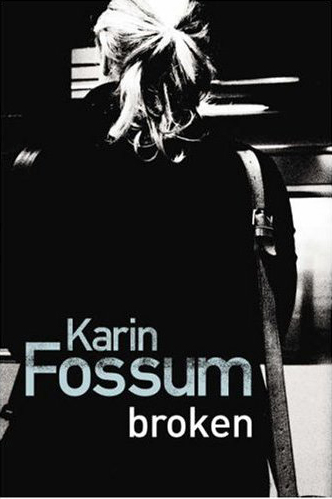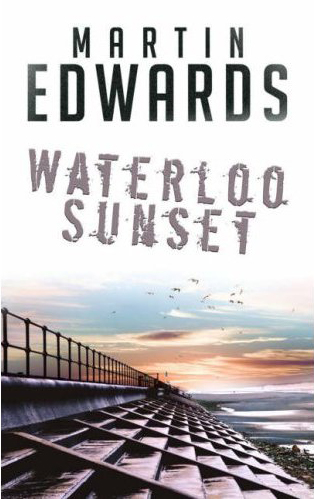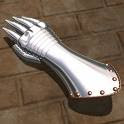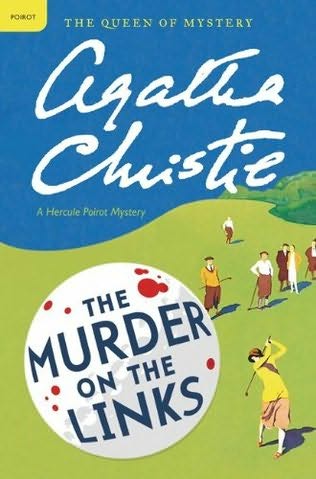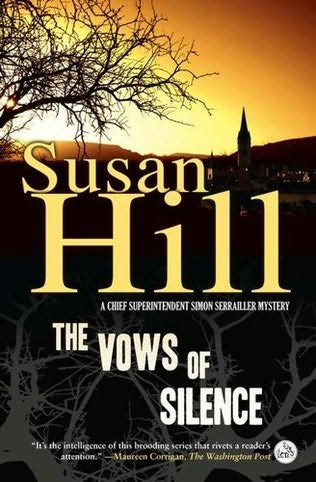
The crime fiction best sellers listed on
Angus and Robertson currently are
VODKA DOESN"T FREEZE by Leah Giarratano.
What a coup for Leah, as an Australian author, to be right at the top of the list!
My mini review last year, giving it a rating of 4.2.
Newly promoted Detective Sergeant Jill Jackson of the New South Wales Police force based in Sydney has a deep hatred of paedophiles and the “squirrels” who procure children for them. When Jill was twelve years old she was abducted and held in a basement for 3 days during which time she was abused by men who were never caught. After the kidnapping Jill experienced considerable trauma including a phase of self-mutilation. Even now over twenty years later she has recurrent nightmares, and unpredictable panic attacks. She is very security conscious and has also developed techniques for dealing with unwanted memories. Exhaustive exercise is one of her strategies. Jill’s colleague Scotty Hutchinson is as committed as Jill to hunting down paedophiles. David Carter, paedophile and voyeur, is killed in the sand dunes when he is watching a young couple. There have been two other bashing deaths with similar MOs in the Sydney metropolitan area. Jill and Scotty believe there are connections, perhaps even a serial killer who is hunting down paedophiles.
 BONES TO ASHES
BONES TO ASHES by Kathy Reichs.
I haven't read this one yet, so here is the blurb from the website. It is a Tempe Brennan book.
The skeleton is that of a young girl, no more than fourteen years old - and forensic anthropologist Dr Temperance Brennan is struggling to keep her emotions in check. Coroner Yves Bradette is being evasive, insisting the bones are ancient and of no interest. But it doesn't quite add up, and a frustrated Tempe is convinced that Bradette is hiding something. It's not Tempe's case; she's overwhelmed with more urgent work in the lab. But the nagging in her subconscious won't let up. A memory triggered, deep in her hindbrain - the disappearance of a childhood friend; no warning, no explanation. Working on instinct, Tempe takes matters into her own hands. But she couldn't have predicted where this case would lead, or the horrors it would eventually uncover.Can Tempe maintain a professional distance as the past catches up with her in this, her most deeply personal case yet?
 THE WIRE IN THE BLOOD
THE WIRE IN THE BLOOD by Val McDermid.
I recently reviewed
BENEATH THE BLEEDING and gave it 5.0.
THE WIRE IN THE BLOOD is actually #2 in the Tony Hill/Carol Jordan series, published in 1997, and I'm pretty sure I have read it, but my database of mini-reviews only goes back 4 years.
Strangely the A&R site doesn't have a synopsis of the story, so here is the one from Fantastic Fiction.
Taut, suspenseful and ferociously readable thriller featuring psychological profiler Dr Tony Hill. 'A terrific chiller from Manchester's answer to Thomas Harris' Guardian Nobody moves around inside the messy heads of serial killers like Dr Tony Hill. Now heading up the recently founded National Profiling Task Force, he sets his team an exercise: they are given the details of thirty missing teenagers and asked to use their new techniques to discover whether there is a sinister link between any of the cases. Only one officer, Shaz Bowman, comes up with a concrete theory, but it is ridiculed by the rest of the group until someone murders and mutilates one of their number. Could Bowman's outrageous suspicion possibly be true? For Tony Hill, the murder of a member of his team becomes a matter for personal revenge. Aided by his previous colleague, Carol Jordan, he embarks upon a campaign of psychological terrorism -- a game of cat and mouse where the roles of hunter and hunted are all too easily reversed.
 BURNT HOUSE
BURNT HOUSE by Faye Kellerman.
I haven't read this one either, so again, the synspsis from Fantastic Fiction.
At 8:15 in the morning, a small commuter plane carrying forty-seven passengers crashes into an apartment building in Granada Hills, California. Shock waves ripple through Los Angeles, as L.A.P.D. Lieutenant Peter Decker works overtime to calm rampant fears of a 9/11-type terror attack. But a grisly mystery lives inside the plane's charred and twisted wreckage: the unidentified bodies of four extra travelers. And there is no sign of an airline employee who was supposedly on the catastrophic flight.
Decker and his wife, Rina, have personal reasons for being profoundly shaken by the tragedy, since the "accident" occurred frighteningly close to their daughter Hannah's school. Luckily, their child and her schoolmates escaped unscathed. But the fate of the unaccounted-for flight attendant—twenty-eight-year-old Roseanne Dresden—remains a question mark more than a month after the horrific event, when the young woman's irate stepfather calls, insisting that she was never onboard the doomed plane. Instead, he claims, she was most likely murdered by her abusive, unfaithful husband. But why, then, was Roseanne's name included on the passenger list?
Under intense pressure from the department to come up with answers, Decker launches an investigation that carries him down a path of tragic history, dangerous secrets, and deadly lies—and leads him to the corpse of a three-decades-missing murder victim. And as the jagged pieces slowly fall into place, a frightening picture begins to form: a mind-searing portrait of unimaginable evil that will challenge Decker's and Rina's own beliefs about guilt and innocence and justice.
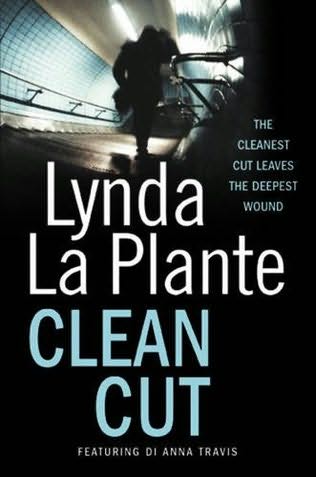 CLEAN CUT
CLEAN CUT by Lynda La Plante.
I read this last year and gave it 4.6
Here is my mini review.
The sequel to THE RED DAHLIA. In the intervening time DI Anna Travis and DCI James Langton have become lovers. They no longer work together and endeavour to keep their working and private lives separate. When Langton is horrifically injured in a murder arrest that goes wrong, Anna becomes vital to his recovery. While Langton is still in hospital, Anna is assigned to a new case where a librarian is found dead by her twelve year old daughter returning from school. The suspect in this case is yet another violent rapist released from prison far too early. And then, perhaps a little predictably, the case Anna is working on and the one Langton was working on when he was attacked become linked. This a long and complex novel, with an ending that ensures there will be yet another sequel.
CLEAN CUT IS #3 in the Anna Travis series, and My advice would be to try to read them in order.
1.
Above Suspicion (2004)2.
The Red Dahlia (2006)3.
Clean Cut (2007)





